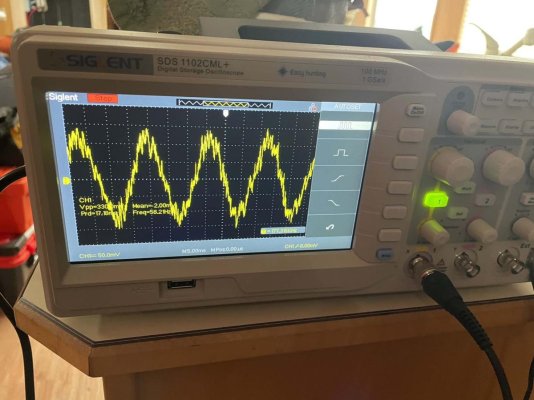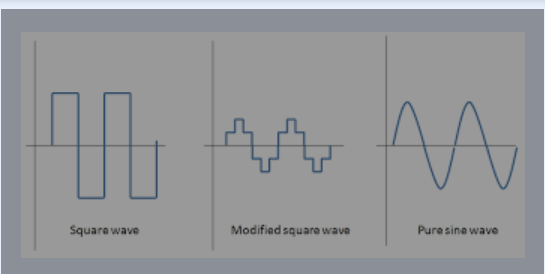First, 'True'/'Pure'/'Sine' all same,
The latest definitely sounds like the Xantrex unit is not handling the inductive loads. I have to concur with opinions up the thread about Xantrex, take it back and get a Magnum or Outback. I think the Magnum remote is a little more user friendly than the Outback. I give both of them an excellent reputation over years of experience.
Yes, I am at the point, where I would like my money back. Unfortunately, it will not work. The vendor which sold it to me, cannot take it back, since the original unit was replaced by Xantrex. No exchange either.
The support guys at Xantrex tried to figure out what the problem can be, but there is no luck so far. After the warranty replacement, they told me it could be the wiring from the batteries to the inverter. It was a 6 awg cable with Anderson plugs. I replaced all cables with 1/0 awg and new Anderson plugs. All these connect to a 1000A bus bar, which has a 4/0 cable to the inverter. So, the cabling cannot be blamed anymore.
Just yesterday, I had a higher up support guy from Xantrex and he made me measure the voltage from the batteries, which was 13.43V. It should be good enough, I think. 4 lithium batteries with 170AH/each should provide enough juice.
Interestingly, the flickering only occurs within a certain load range. The fridge’s load is about 180 watts, the freezer is about 150 watts. Total is between 320-350 watts and the flickering is still there. If I add another load, say something above 2-300 watts, the flickering stops and it is all good. So, something happens above 4-500 watts load, when the inverter becomes stable and the flickering stops.
Just discovered another issue yesterday. Last week, we had few hot days in the area, so it was hot in the boat. The temp around the inverter was between 80-90F, so the cooling fan was coming on over and over. At least, I thought it was the temperature. The weather cooled down over the weekend, but the cooling fan was still coming on every 5 minutes. The fan runs for about 30-40 seconds and turns off. The temp next to the inverter was 70-75F. So, the temp could not have affect on the unit. When I checked the display on it, I could see that the incoming shore power shows 128V, when the cooling fan runs. Can this be the reason for the constant cooling trigger?
I plan to measure the voltage at the pedestal on the dock and at the incoming wires soon. Right now, I turned off the shore power and let the batteries provide the house with electricity. Surprisingly, the cooling fan does not come on, when it is on battery only. I will wait for another hot day, to see, if the cooling behaves, or will it start the on and off game again?
So, I am not happy now and I am afraid that I am stuck with this unit. Even if they replace it again, which is unlikely, Xantrex will not refund my money, so I can buy another brand.







